In France, between Saumur and Chinon, in the heart of the Loire Valley, the Abbaye de Fontevraud is a timeless place. Founded nearly a thousand years ago, this abbey has enjoyed a rich history. From a major spiritual center to the royal necropolis of the Plantagenets and a terrifying prison, Fontevraud is now a formidable cultural venue.
This abbey like no other is also home to a hotel and a Michelin-starred restaurant, offering a visiting experience unique in France in a historic monument.
So what is the history of Fontevraud Abbey and what can you see ? An overview of this UNESCO World Heritage gem.
Article produced in collaboration with the Royal Abbey of Fontevraud
Summary
The history of Fontevraud Abbey
A visionary abbey born in the Middle Ages
Founded in 1101 by the itinerant preacher Robert d’Arbrissel, Fontevraud Abbey was distinguished from the outset by its innovative spirit. Far from the norms of his time, Robert d’Arbrissel created a dual order there – associating a community of men and a community of women – placed under the authority of an abbess, a religious and social revolution for the Middle Ages! 36 abbesses would thus succeed one another at the head of the abbey.
Very quickly, Fontevraud became a major spiritual center and spread from Spain to England, where numerous priories were established: by the time Robert d’Arbrissel died in February 1116, there were nearly thirty; by the end of the century, a hundred!
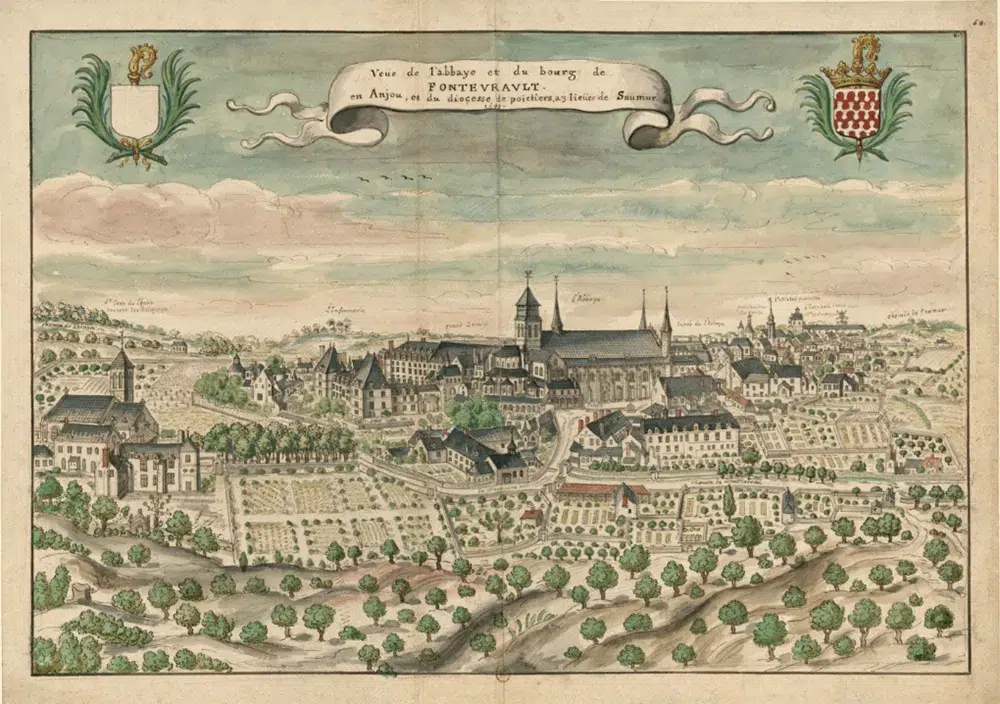
The Plantagenet necropolis: a place steeped in memory
The abbey is not only a spiritual Mecca: it is also a prestigious royal necropolis. Indeed, the abbey was quickly supported by the Counts of Anjou, and notably by the Plantagenets: Henry II and his wife, Eleanor of Aquitaine, entrusted their two youngest children there: Jeanne and Jean.
On the death of Henri II Pantagenêt, Eleanor chose Fontevraud as her royal necropolis, in the image of Saint-Denis for the Capetian dynasty. Her husband, who died in Chinon, is buried at Fontevraud. He was joined ten years later by their son Richard Coeur de Lion and, that same year, by their daughter Jeanne.

Aliénor, who died in Poitiers in 1204, completes this necropolis, joining the other members of her family for posterity. Their polychrome recumbent figures, preserved in the abbey church, constitute one of the most moving medieval testimonies in Europe.
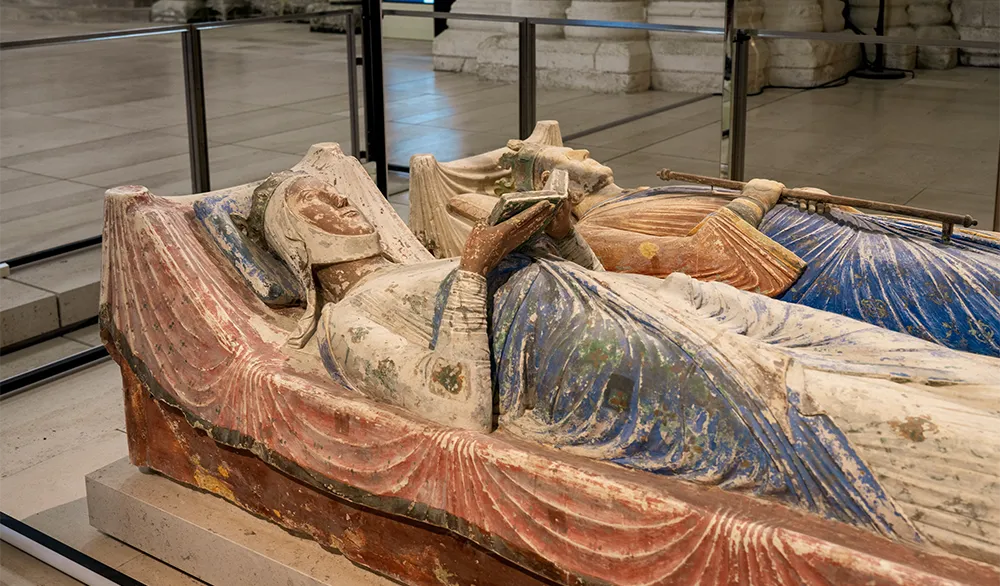
In the early 13th century, the decline of the abbey coincided with the end of the Plantagenet Empire. Fontevraud rose from the ashes in the 16th century, when royal power took control of the French church. Abbesses were no longer elected, but directly appointed by the king. Five abbesses from the Bourbon dynasty succeeded one another at Fontevraud for almost 150 years. They rebuilt the abbey and made Fontevraud a spiritual and intellectual center of the first order.
A radical transformation: from abbey to prison
With the French Revolution, Fontevraud underwent a profound upheaval. In addition to the abolition of the tithe, which deprived the abbey of an important financial source, the final blow came when the clergy’s property was declared national property. The monks were evacuated from the abbey in 1792, the furniture sold and the abbey looted.
In 1804, a Napoleonic decree reconverted Fontevraud Abbey into a central house of detention, a function it would retain for over 150 years, until 1963 !
From 1804 to 1814, the convent buildings were extensively remodeled, adapted to prison life. Paradoxically, this reallocation preserved the premises from the massive destruction suffered by many other religious buildings.
Initially designed to accommodate around 800 inmates, the Fontevraud power station would house up to 2800 from 19 départements! Due to an architecture ill-suited to this function, with numerous doors and windows, escapes were feared and conditions of detention were very difficult, so much so that Fontevraud is considered the harshest prison in France.
The renaissance of Fontevraud
In 1840, Prosper Mérimée, inspector of historic monuments, placed Fontevraud Abbey on the first list of historic monuments. However, this recognition did not lead to immediate restoration work. It wasn’t until the early 20th century, under the direction of architect Lucien Magne, that Fontevraud’s abbey church and famous kitchens were fully restored. 1963 marked the definitive closure of the Anjou prison. The site was gradually placed under the authority of the Ministry of Culture.
In 1975, the abbey joined the network of cultural meeting centers. From then on its cultural and artistic vocation has been asserted through the staging of concerts, artists in residence, and exhibitions dedicated to contemporary creation and heritage. Since 2021, this offer has been completed by the presence of a Museum of Modern Art bringing together the Martine and Léon Cligman national collection on the site.
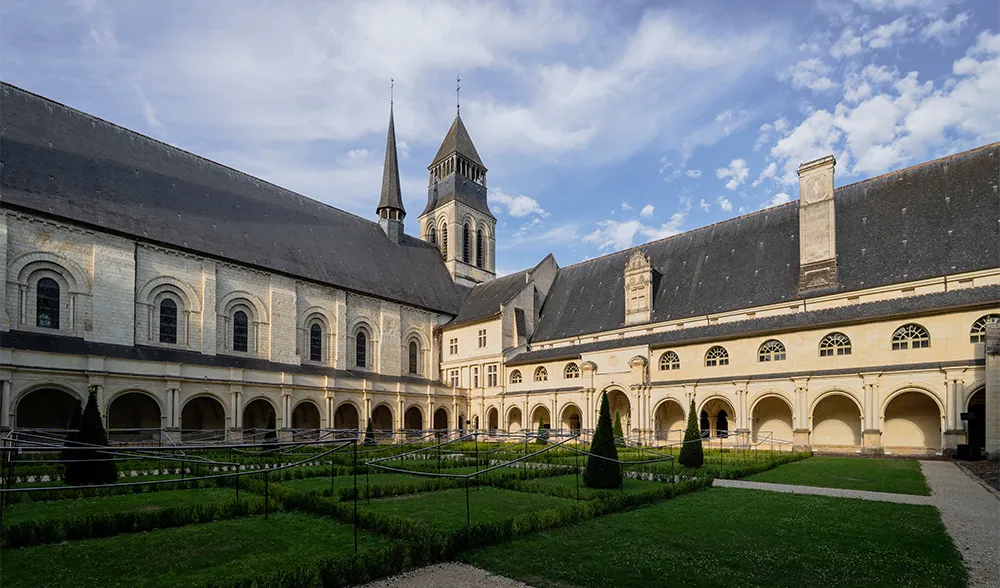
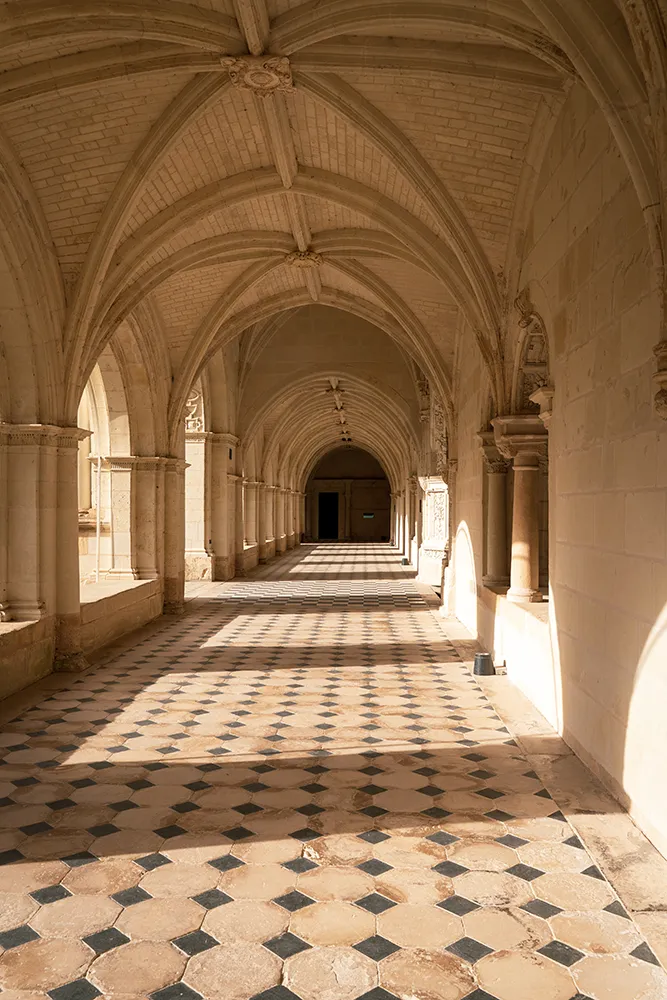

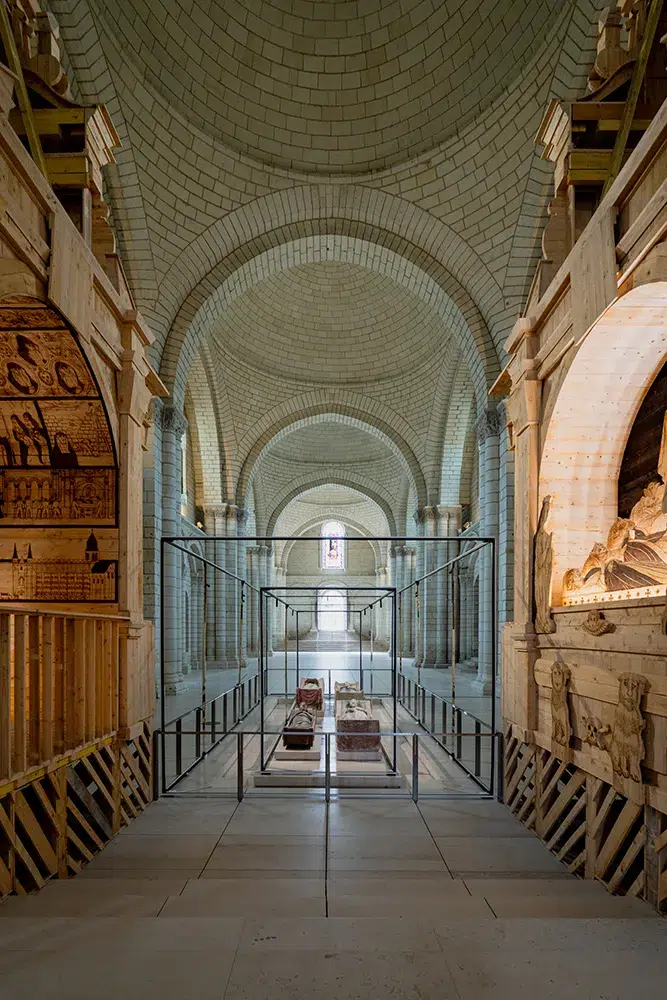
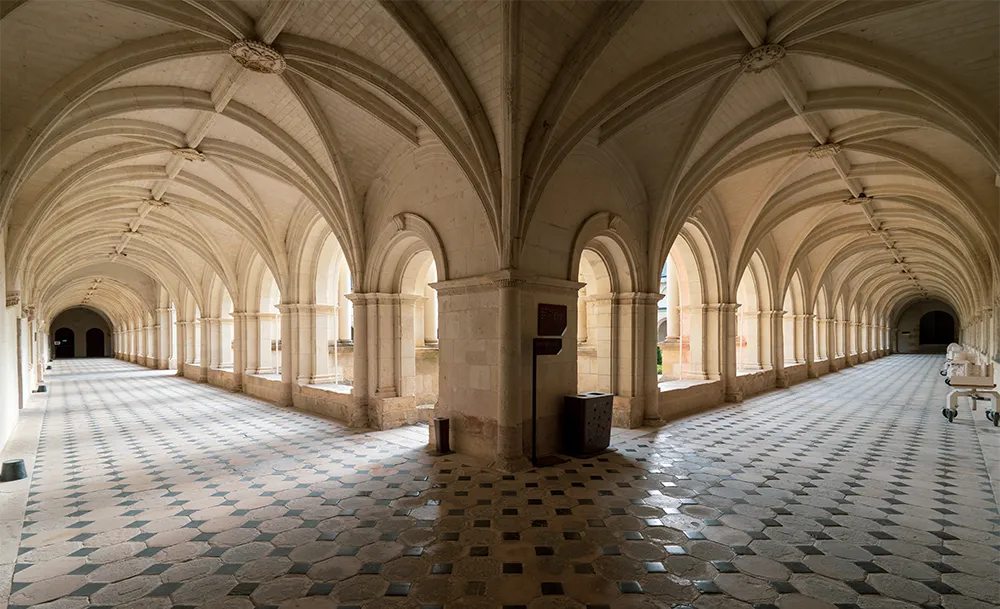
Visit Fontevraud Abbey
When you visit Fontevraud Abbey, it’s a complete visit that awaits you, where historic buildings rub shoulders with contemporary creation :
The abbey church
Under 12th-century vaulted ceilings, you’ll find the royal necropolis of the Plantagenets, including the graves of Eleanor of Aquitaine, her second husband Henry II Plantagenet, and her favorite son, Richard the Lionheart. The abbey church also houses the tomb of Robert d’Arbrissel, the abbey’s founder. He had wished to be buried humbly outside the church, but the abbess preferred to bury him in the choir, the abbey’s most sacred space and, by extension, the least accessible to the public.
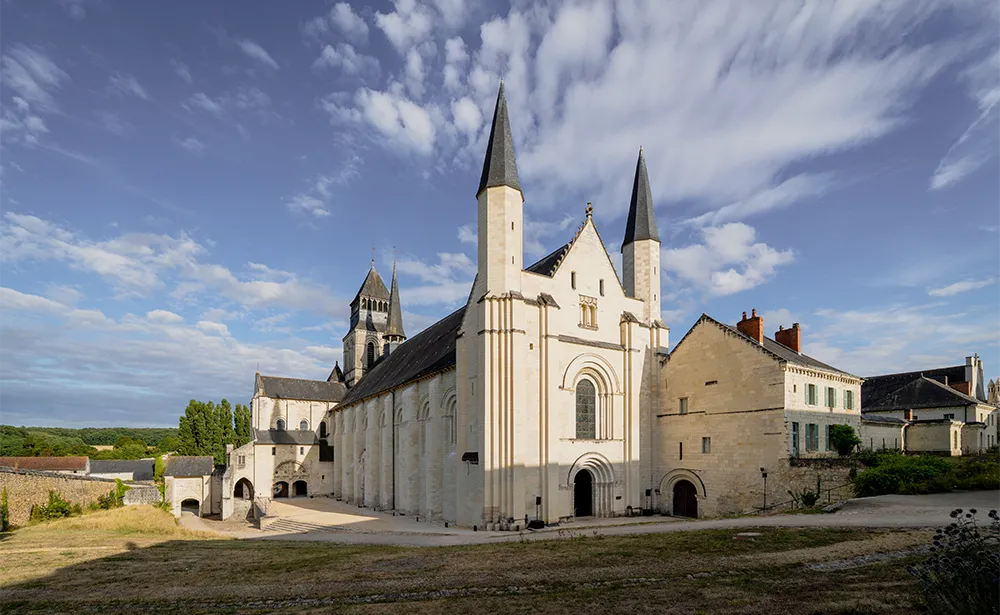
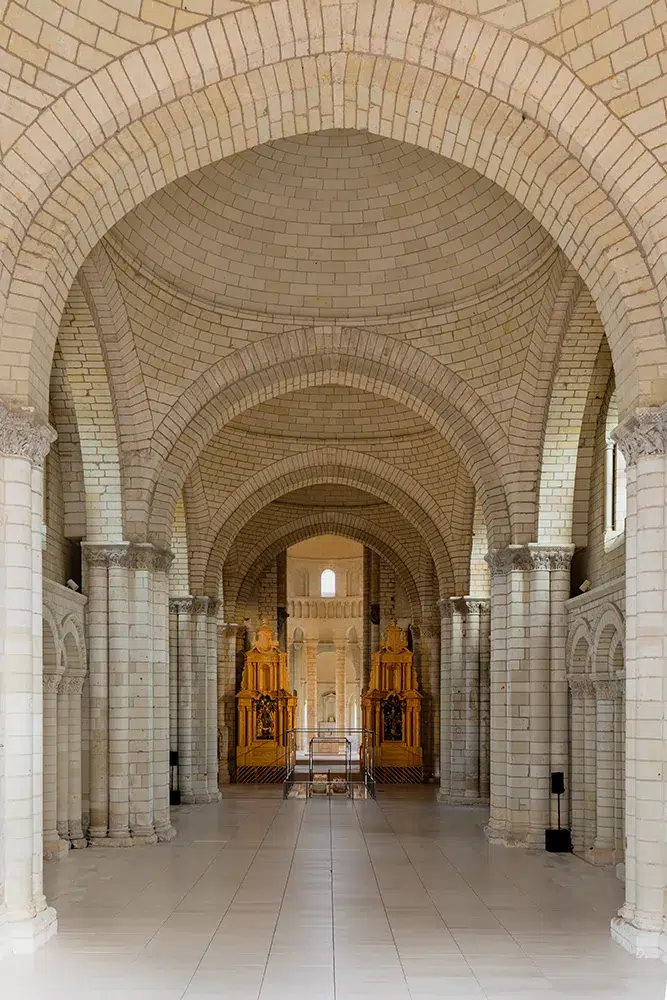
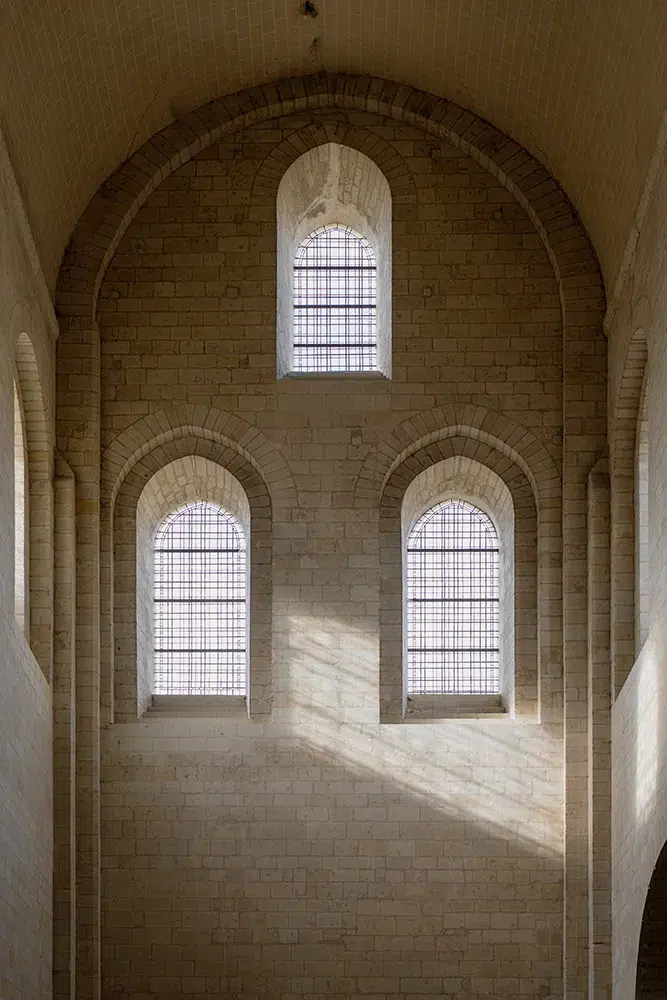
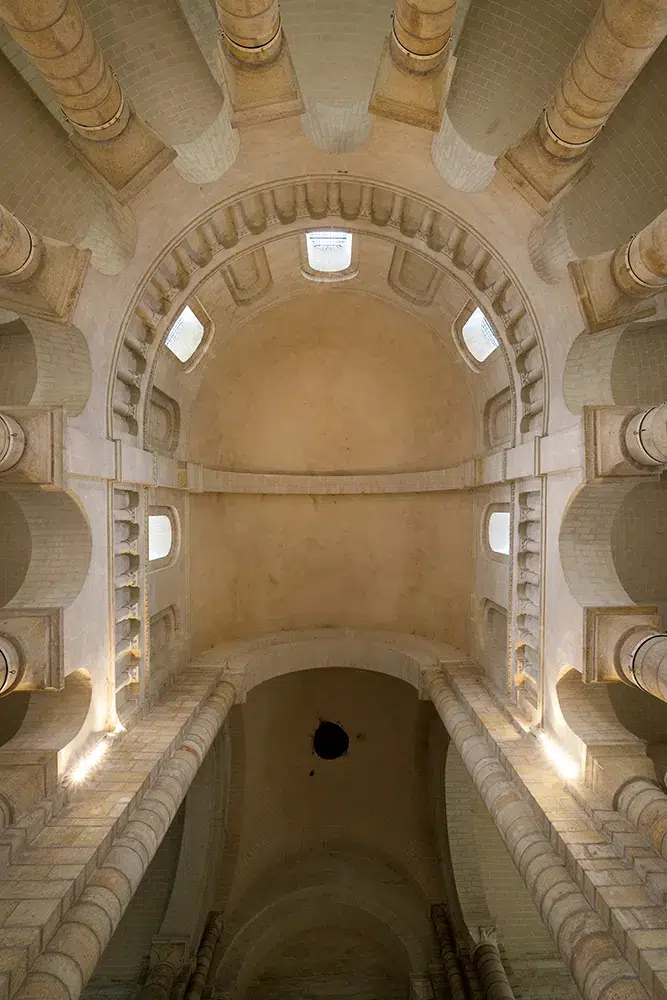
The cloister
The true heart of the monastery, the cloister was completely rebuilt in the 16th century, at the instigation of the de Bourbon abbesses. A place for meditation, it allows you to move from one convent space to another in a short space of time.
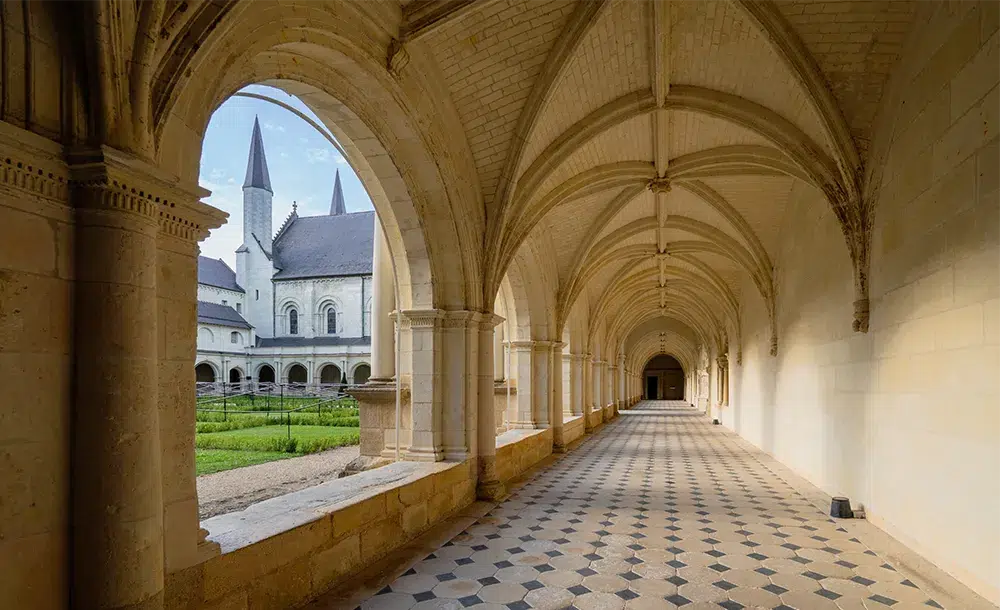
The chapter house
It was in this room that the nuns came to discuss and exchange views on community affairs. The second most important room after the church, it is the abbey’s place of command. The nuns thus have a say in the management of current and spiritual affairs. The murals depict episodes from the Passion of Christ, with the abbesses of Bourbon in the foreground.
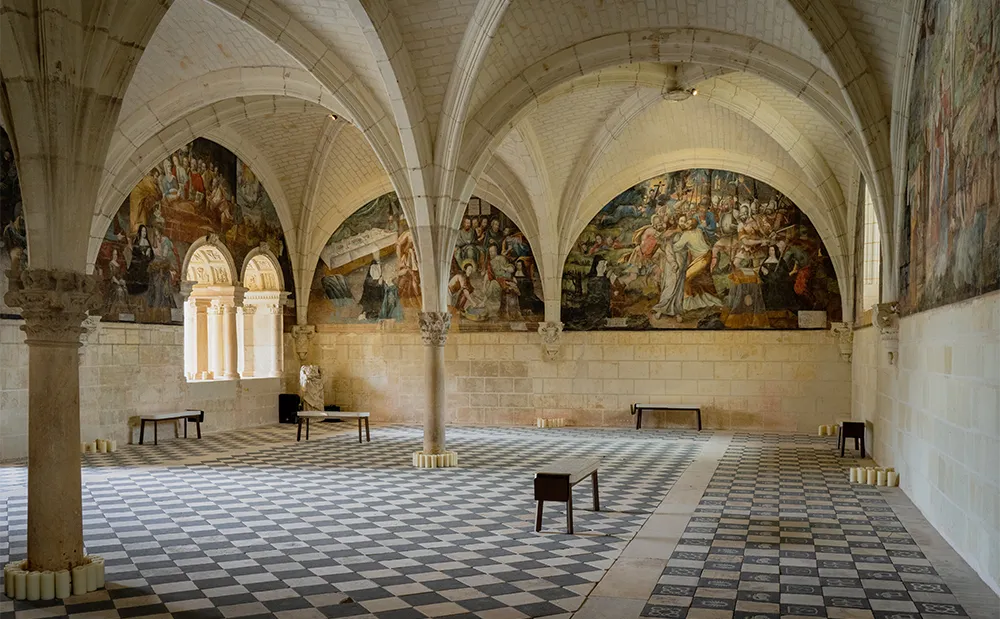
The refectory
As its name suggests, this is where the nuns took their meals, in a particularly austere atmosphere. Meals were indeed held in silence while a reader recited passages from the Scriptures.
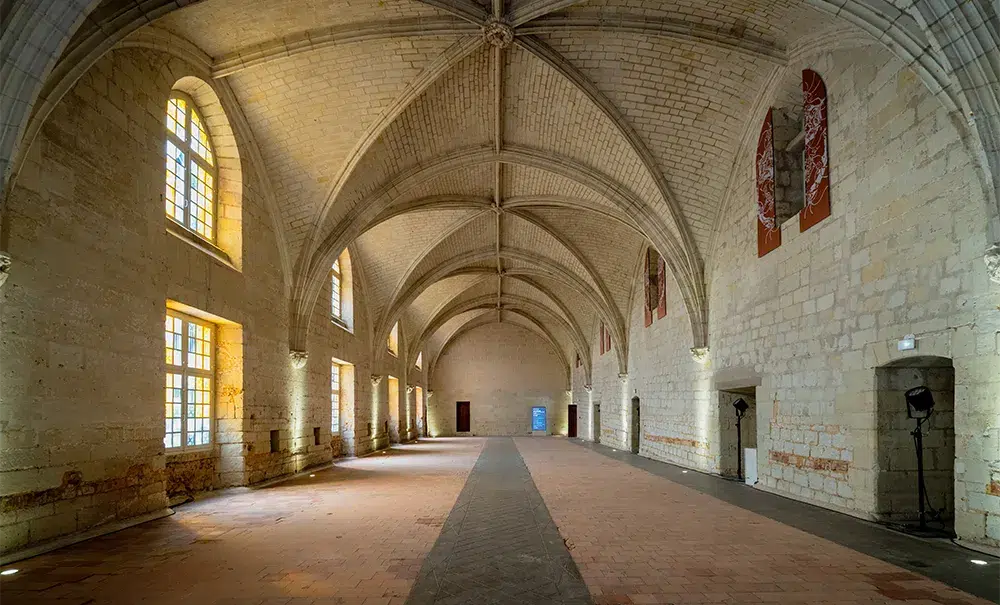
The large dormitory
This imposing volume once housed one of the abbey’s three dormitories. It now hosts temporary exhibitions on history and heritage.

The Saint-Benoît complex
Formerly the nuns’ infirmary, this classical architectural structure is now home to an exhibition dedicated to the monument’s functions and uses, from its origins to the present day. Contemporary works can also be seen in the cellars and water drains.
The kitchen
This surprising building, flanked by numerous fireplaces, was a kitchen between the 12th and 16th centuries. Recently restored, it now houses contemporary works of art.
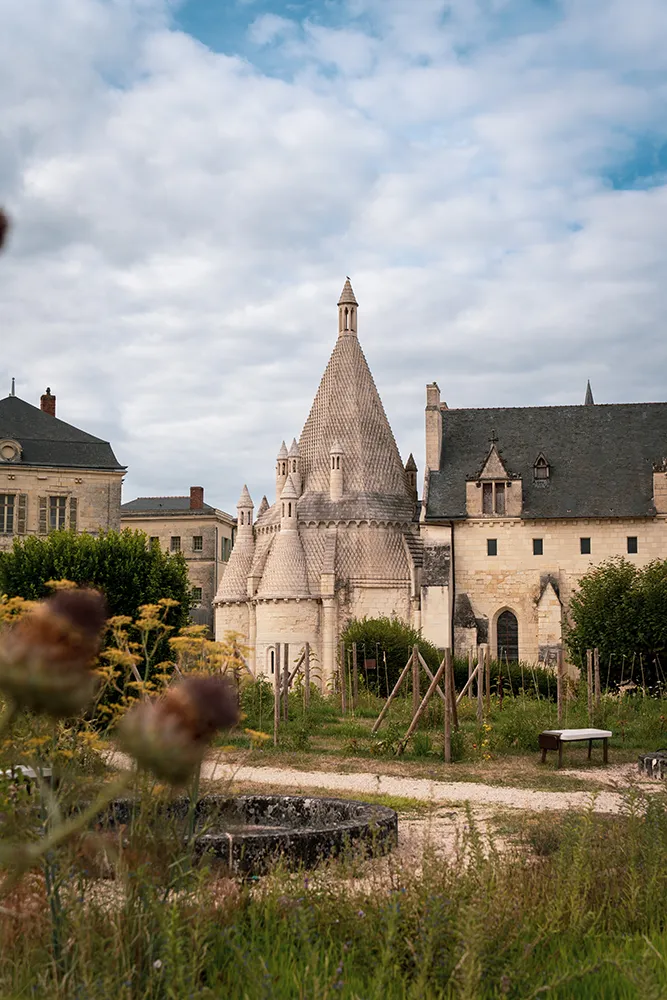
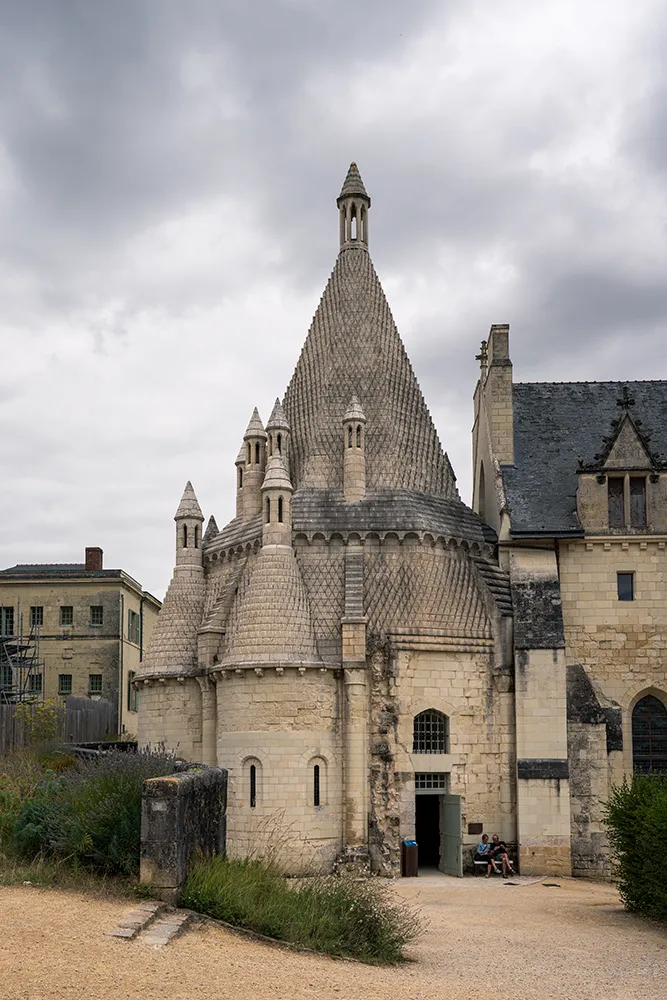
The prison gallery
This upper gallery surmounting the cloister galleries enabled warders to circulate more easily. Today, a permanent exhibition revisits the prison history of the abbey with numerous archive documents and testimonials from former prisoners and warders.
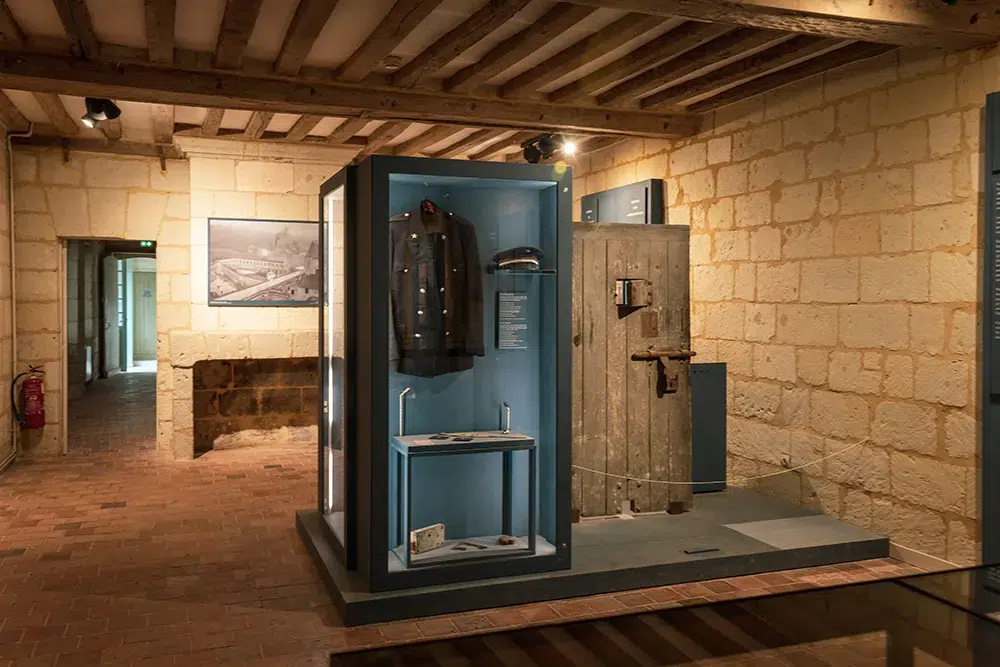
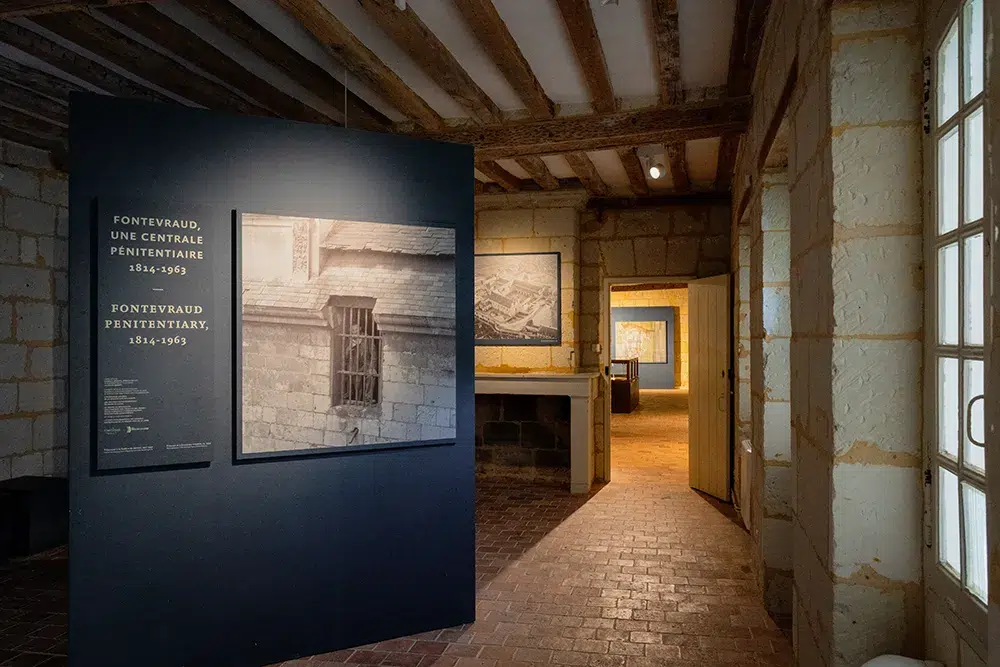
The Museum of Modern Art
The Fannerie – an 18th-century building used as a stable, barn and granary – is now home to Fontevraud’s Museum of Modern Art.
Inaugurated in 2021, this museum showcases an impressive collection bequeathed by the couple Martine and Léon Cligman. It features works by Degas, Delaunay, and Richier.

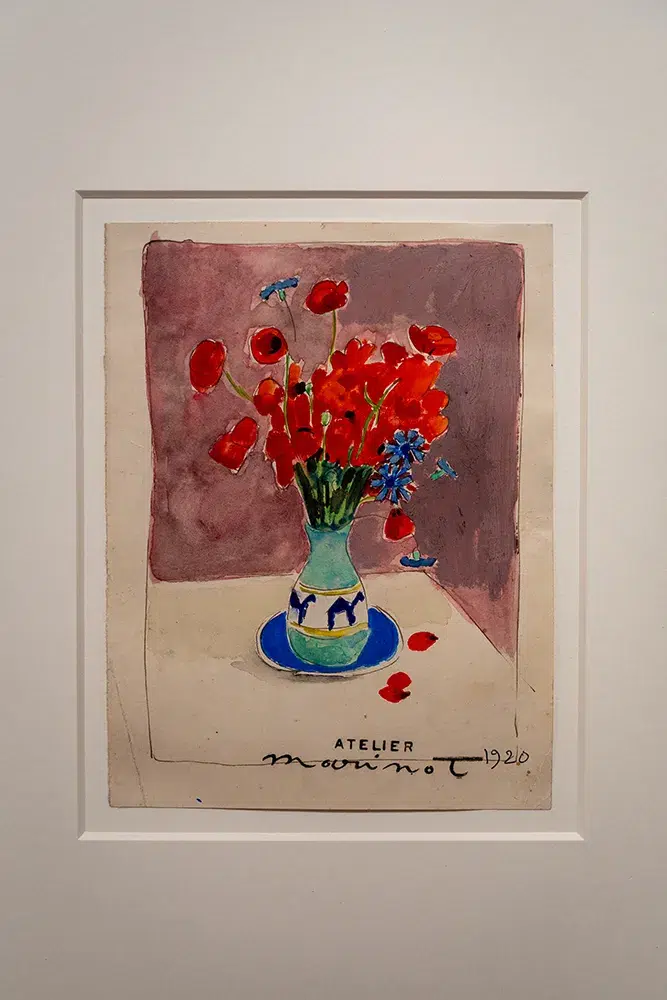

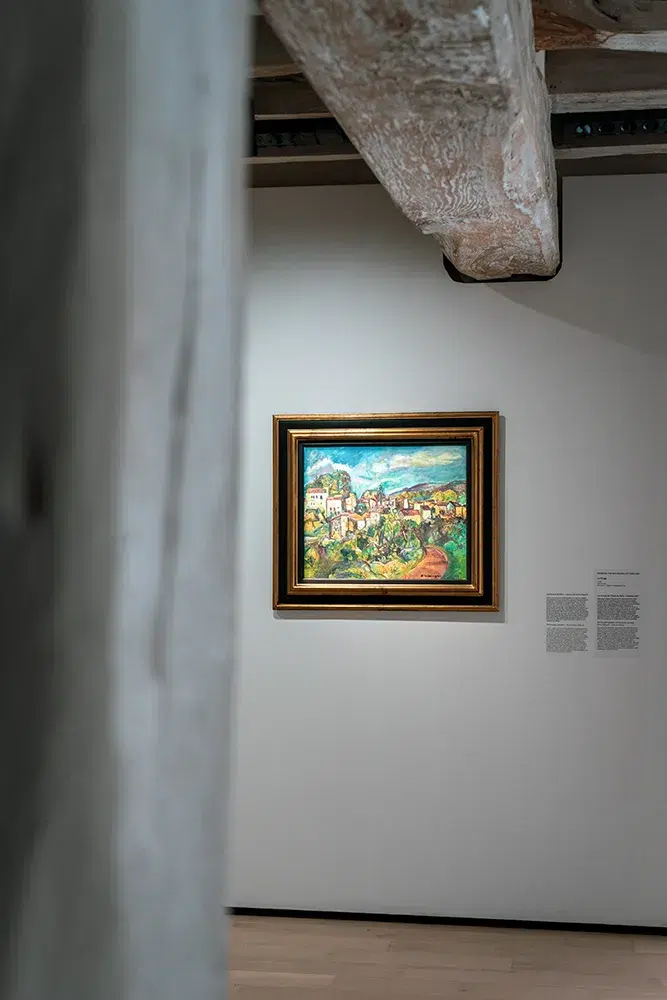
Temporary exhibitions every year
The Musée d’Art Moderne de Fontevraud regularly organizes temporary exhibitions. As I write this article and until October 5, 2025, the museum is presenting an exhibition devoted to Gaston Chaissac.
Sleep and dine at Fontevraud: a unique experience
The best way to live the Fontevraud experience to the full is to sleep there. Housed in the former Saint-Lazare priory, Fontevraud l’Ermitage, a 4-star hotel with 54 rooms and 1 Michelin-star restaurant, lets you stay in the abbey in a calm, restful atmosphere.
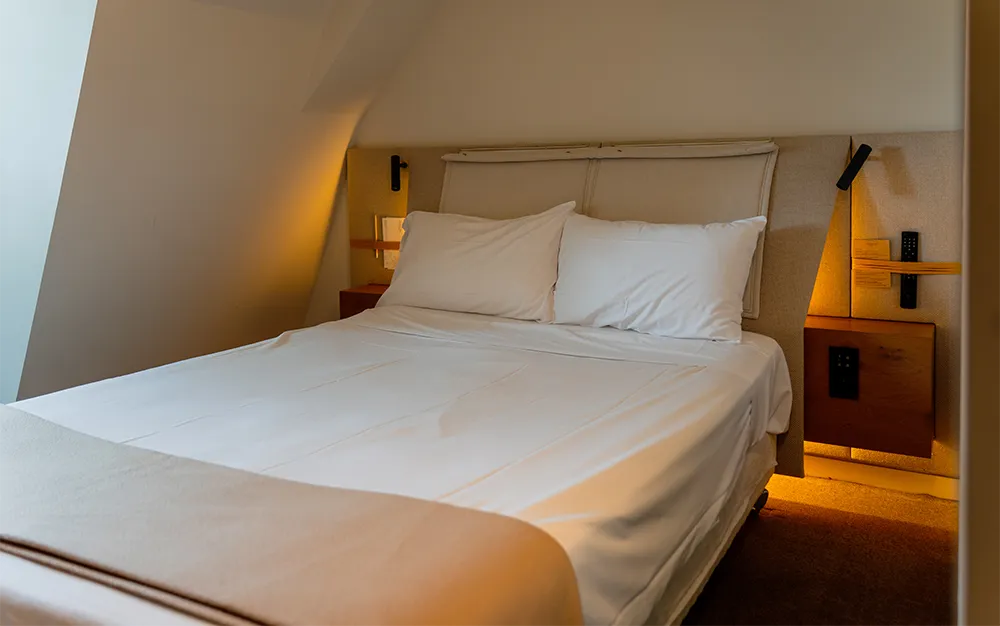
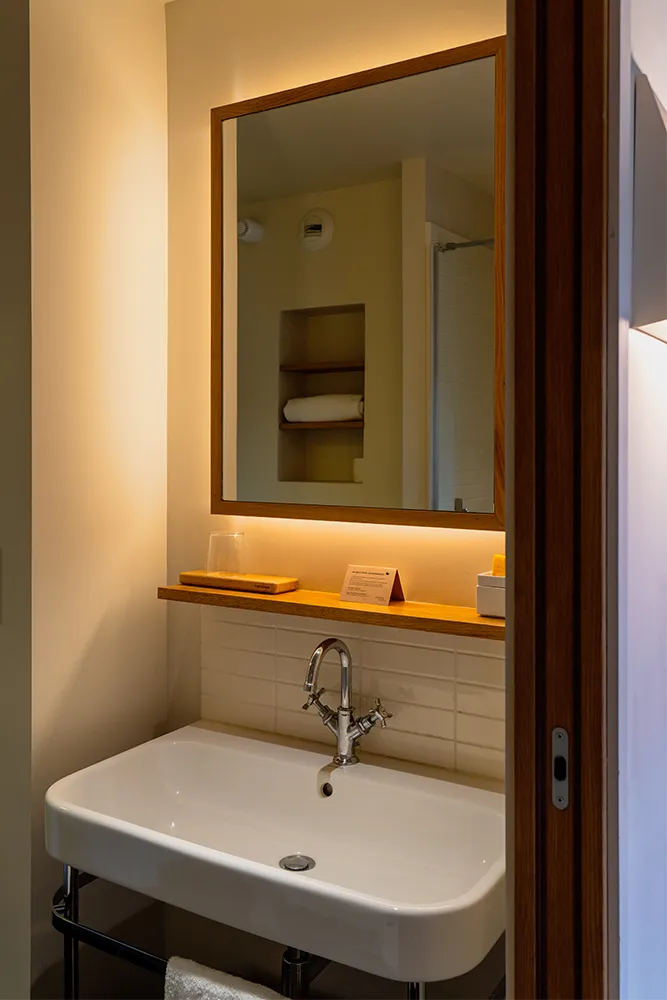
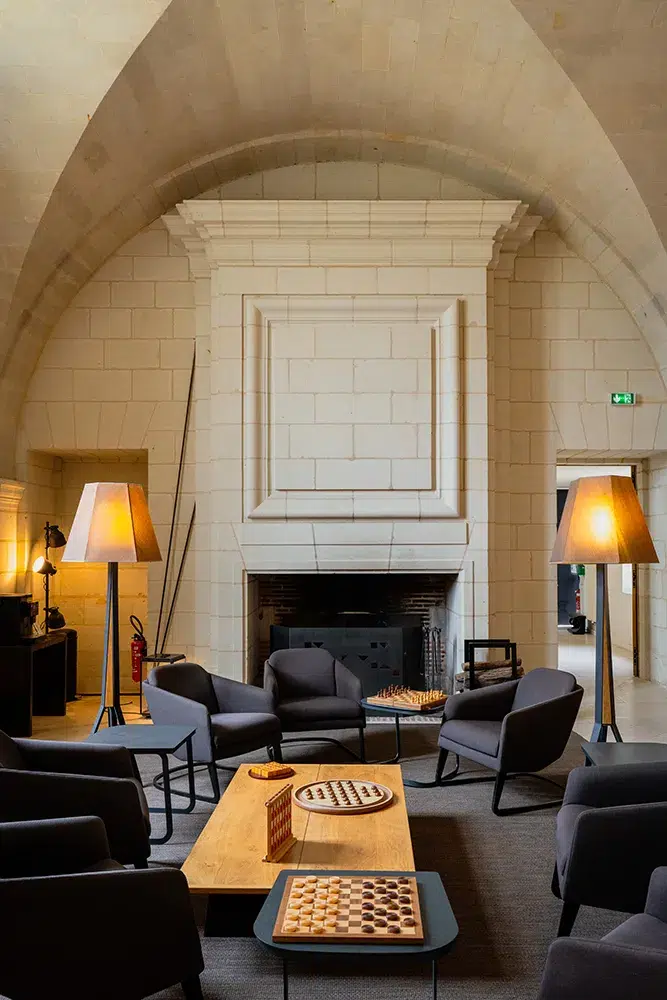
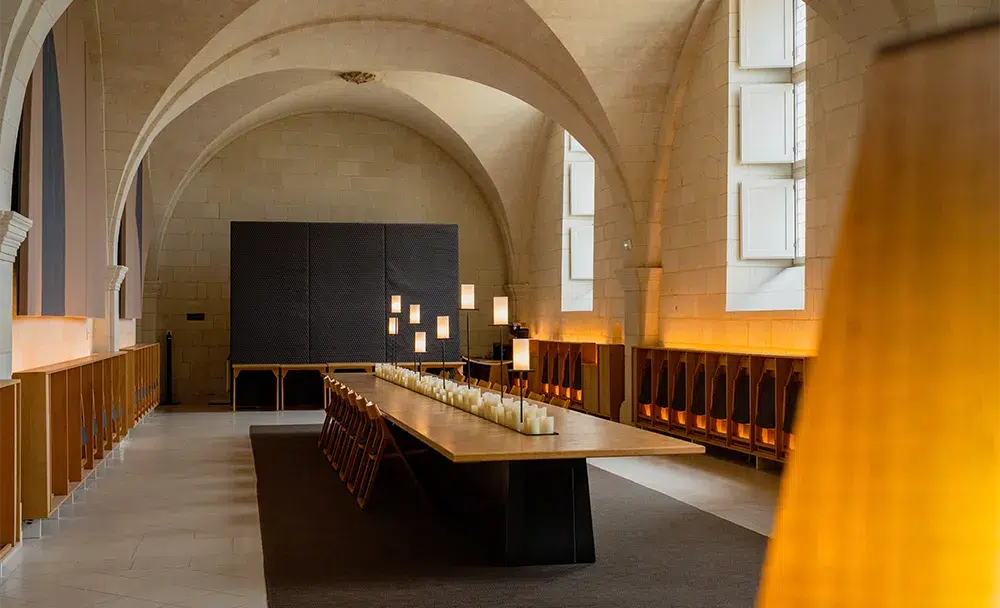
Spending a night at Fontevraud holds an unexpected and unprecedented surprise : at nightfall and while the day’s visitors have left, you have the privilege of strolling through the abbey, alone! Stroll through the abbey church, the crypt and the cloister, open just for you. Alone in the evening silence, Fontevraud shows a different face. The place appears more impressive, a little intimidating, and you can imagine the rich history that its walls have sheltered.
Fontevraud under the stars
During the summer a nocturnal tour takes a different look at the abbey, with a sound and light show.
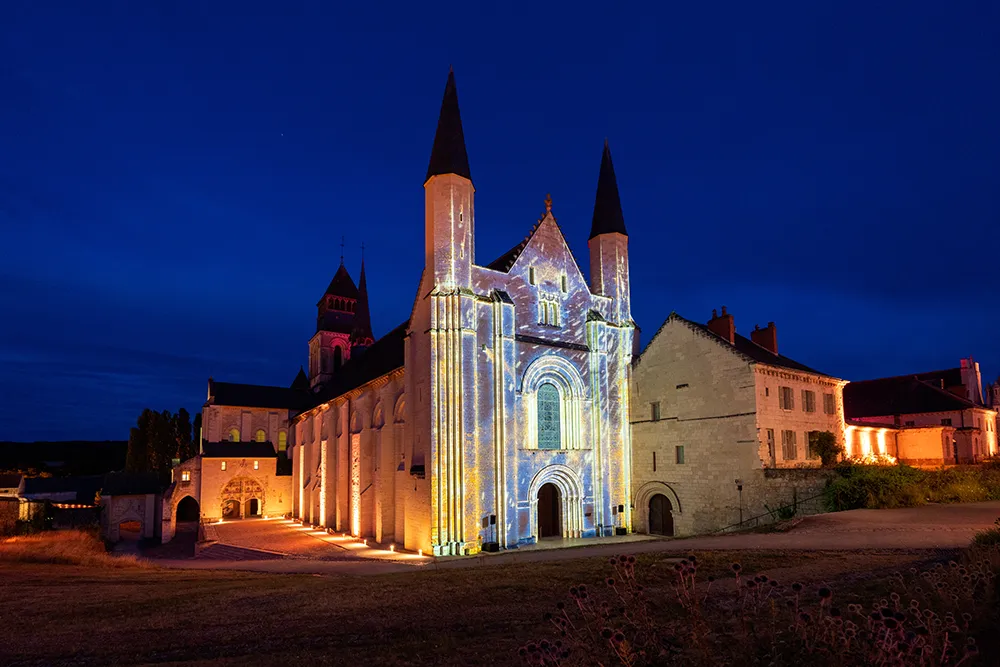
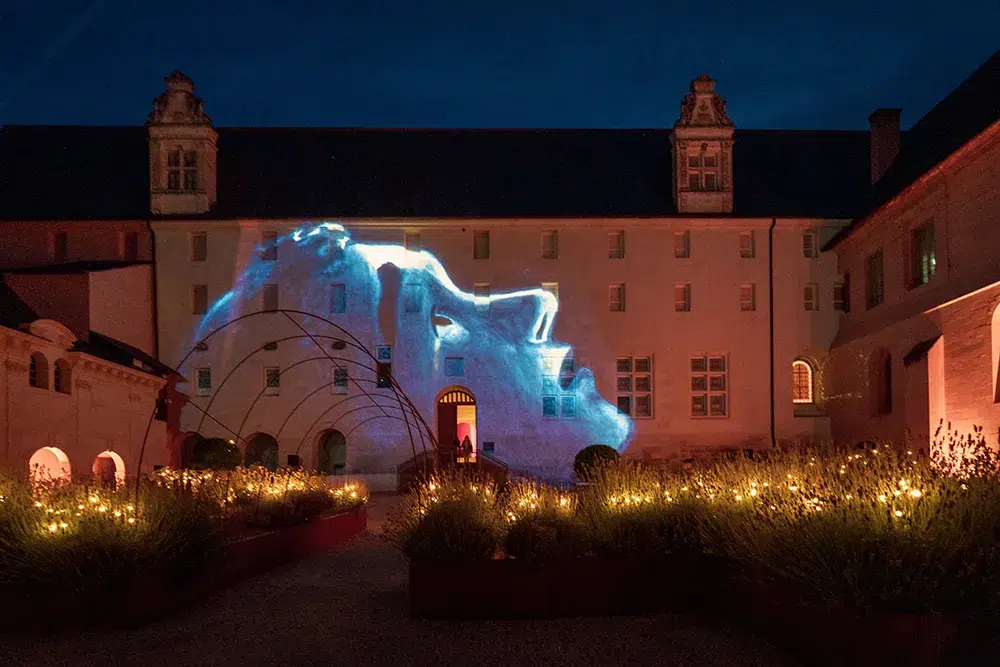
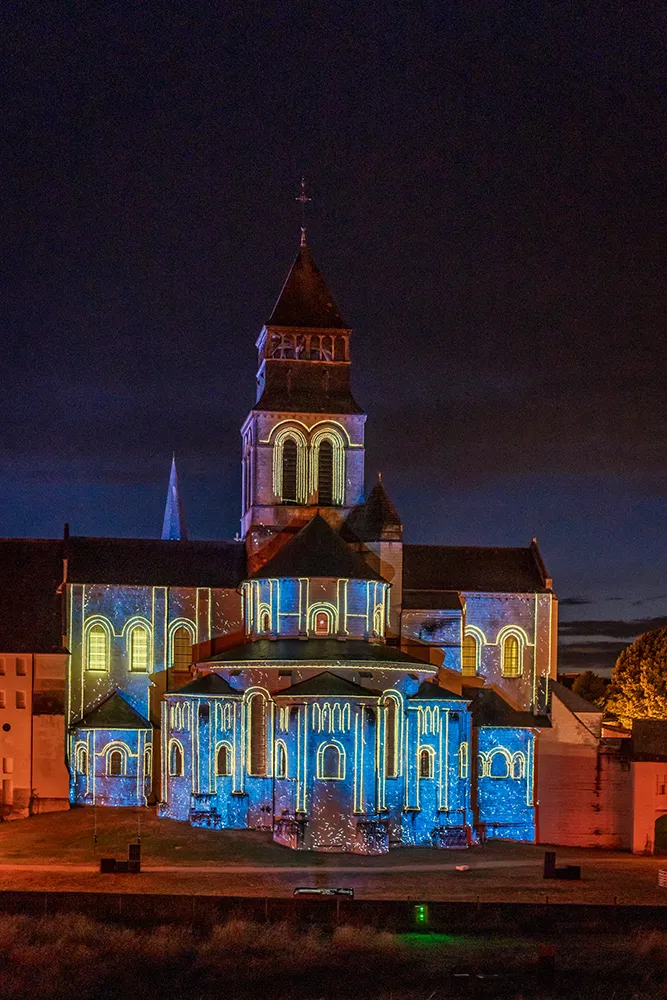
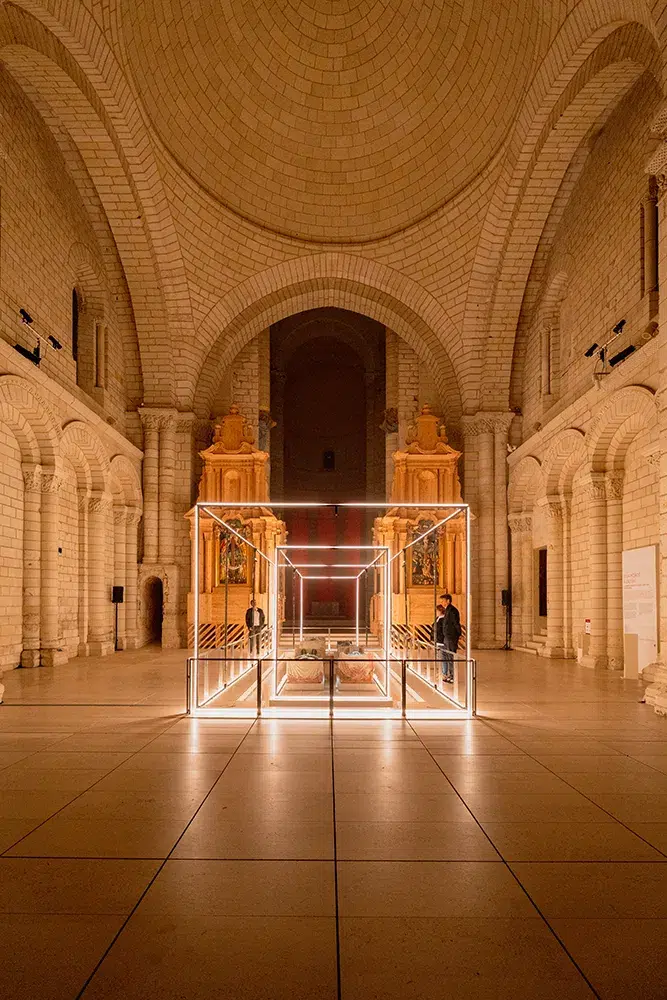
The visit is rounded off with a glass of Saumur offered each evening by a winemaker.
For those with a sweet tooth, the Fontevraud experience can continue at table. In the former cloister of the Saint-Lazare priory, Michelin-starred chef Thibaut Ruggeri crafts gourmet cuisine synchronized with the lunar calendar. The dishes feature local produce, some of which comes directly from the abbey garden, earning the restaurant a green Michelin star.
Enjoy your stay in Fontevraud !
Practical information
Adress:
Abbaye royale de Fontevraud
Place des Plantagenets
49590 Fontevraud
Schedules:
Schedules vary according to season, consult the abbey website
Official website:
https://www.fontevraud.fr/
Rates:
Abbey alone: €13, reduced rate €7.5
Museum alone: €11, reduced rate €8
Abbey + museum: €19.5, reduced rate €13.5
Article produced in collaboration with the Royal Abbey of Fontevraud.
Unless otherwise stated, all photographs illustrating this article are the property of Culturez-vous and may not be reused without written permission.

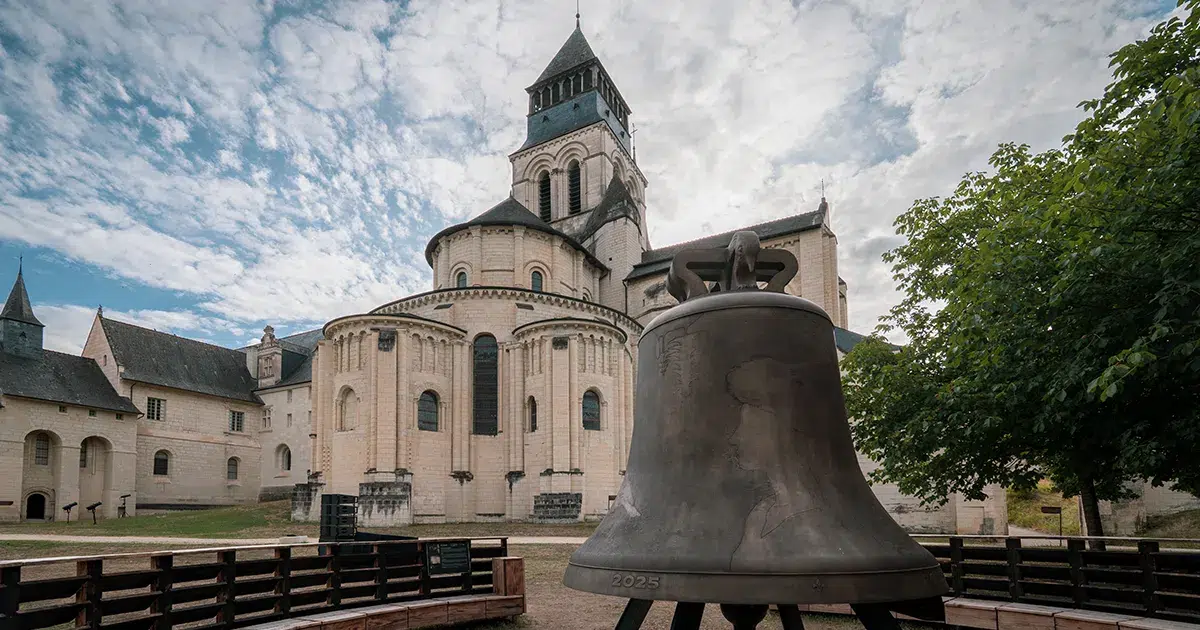



No Comments
Leave a comment Cancel